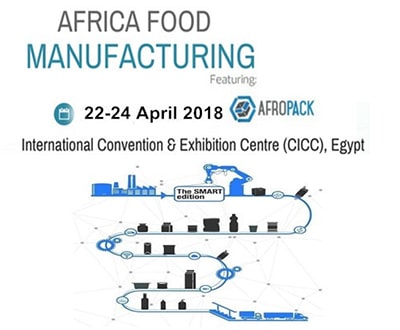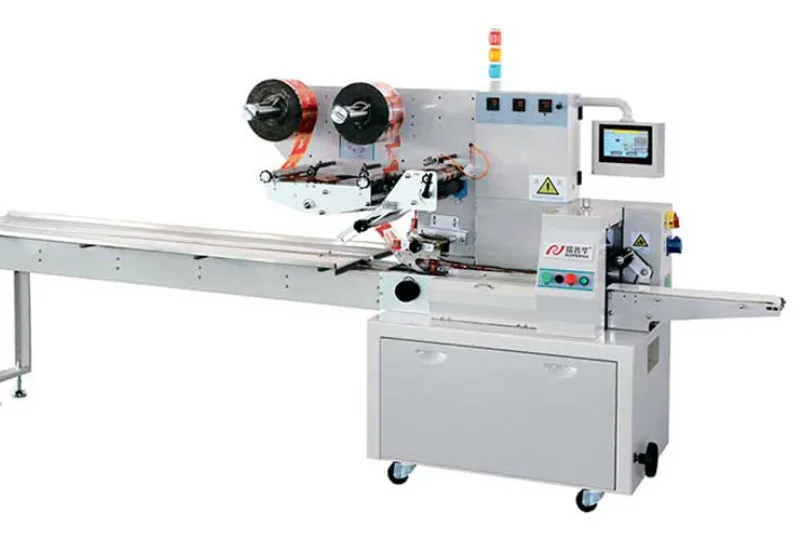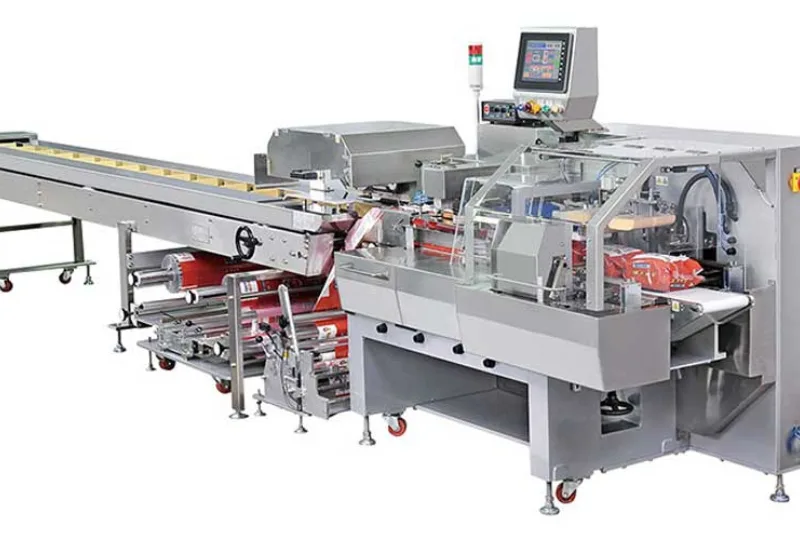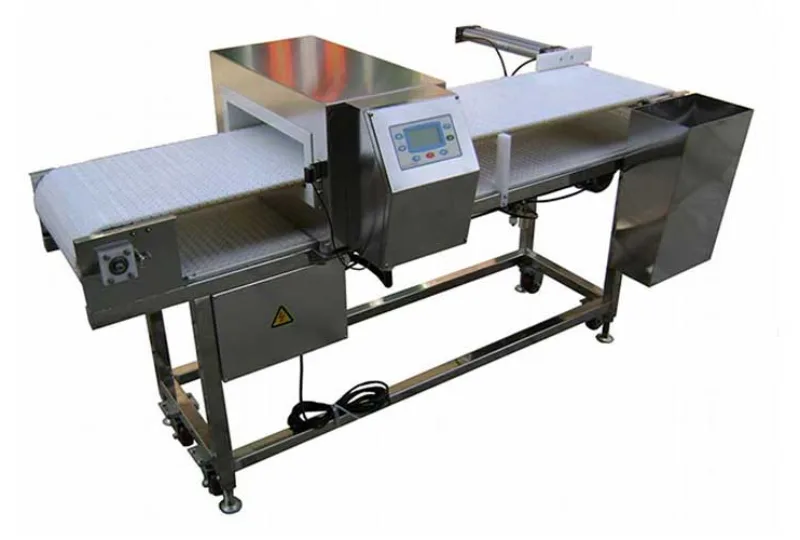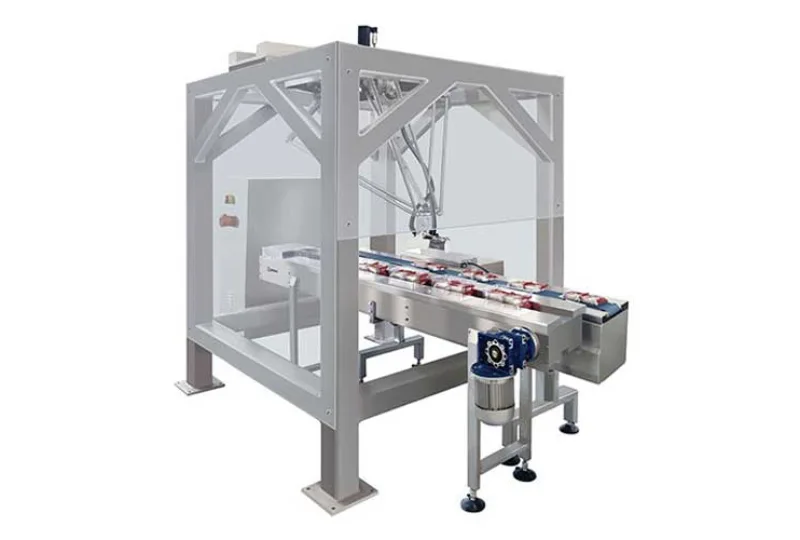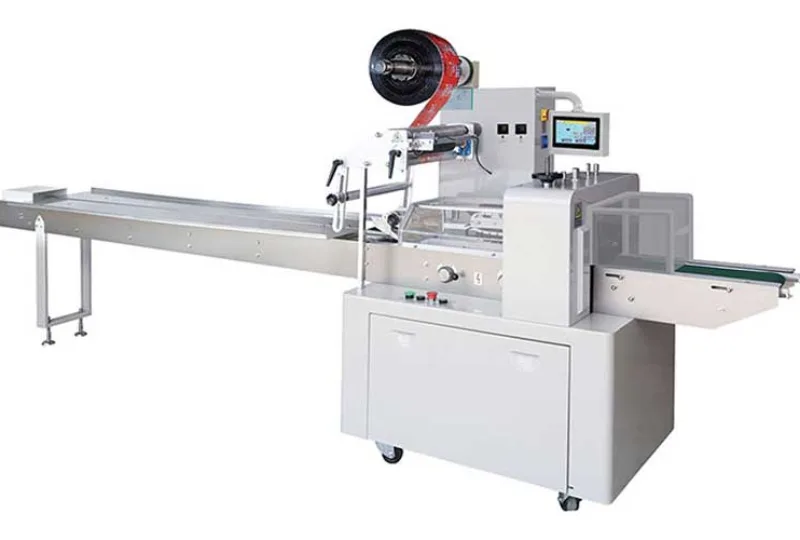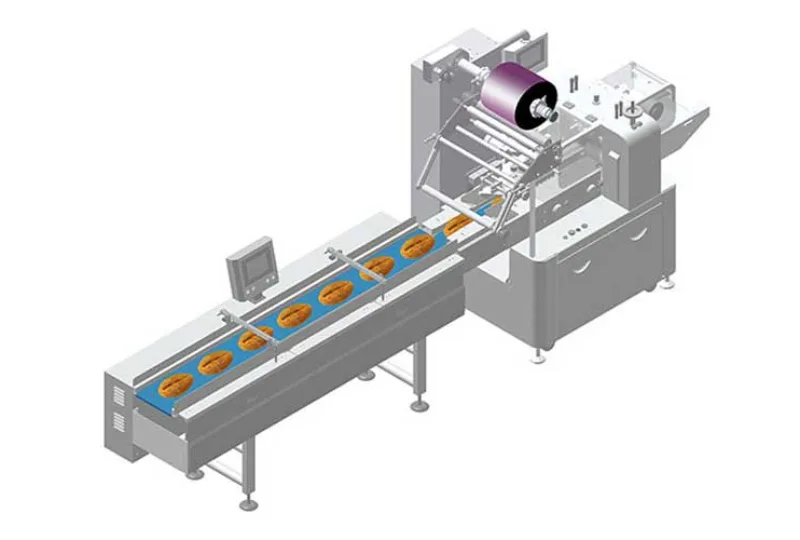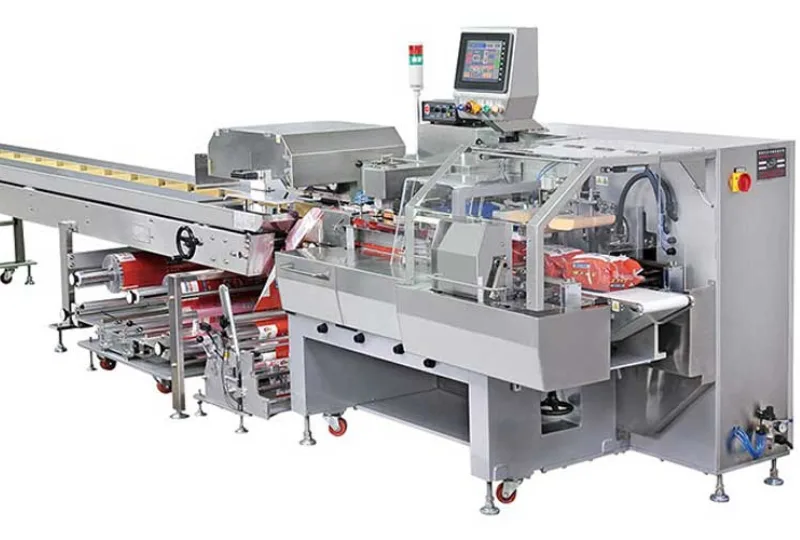Step-by-Step- Setting Up Your Soap Packaging Machinery
In the fiercely competitive soap industry, efficient and effective packaging is paramount to capturing consumer attention and maximizing sales. Step-by-Step: Setting Up Your Soap Packaging Machinery provides a comprehensive guide to help manufacturers establish and optimize their soap packaging operations.
Site Preparation
1. Determine Space Requirements: Calculate the necessary space for the packaging machinery, conveyors, and storage areas. Consider the dimensions of the equipment, the workflow, and future expansion plans.
2. Ensure Utilities: Verify that the site has adequate power supply, water, compressed air, and oxygen connections. The electrical system should be robust enough to handle the machinery’s power requirements.
3. Install Foundation: Prepare a level and stable foundation to support the packaging machinery. The foundation must be able to withstand the weight and vibrations of the equipment.
Equipment Installation
1. Unpack and Inspect Machinery: Carefully unpack the packaging machinery and inspect it for any damage. Verify that all components are present and intact.
2. Assemble Machinery: Follow the manufacturer’s instructions to assemble the packaging machinery. Ensure proper alignment and secure all connections.
3. Calibrate Equipment: Perform the necessary calibration procedures to ensure accurate packaging and sealing. This involves setting the cutting, wrapping, and sealing parameters.
Material Preparation
1. Soap Preparation: The soap bars must be properly cut, shaped, and cured to ensure optimal packaging.
2. Packaging Materials: Select the appropriate packaging materials, such as film, paper, or cardboard, based on the product specifications and desired presentation.
3. Label Design: Create and print high-quality product labels that contain all the necessary information, such as brand name, ingredients, and usage instructions.
Integration and Testing
1. Conveyors and Stackers: Integrate conveyors and stackers to automate the flow of soap bars and packaged products.
2. Electrical Connections: Connect the packaging machinery and peripheral equipment to the electrical system and verify proper operation.
3. Test Run: Conduct a test run to ensure that the packaging machinery is working correctly and producing quality products. Adjust settings and make any necessary modifications.
Operation and Maintenance
1. Operator Training: Provide adequate training to operators on the safe and efficient use of the packaging machinery.
2. Regular Maintenance: Establish a comprehensive maintenance schedule to inspect, clean, and lubricate the equipment regularly.
3. Troubleshooting: Develop a troubleshooting guide to address common issues and provide solutions.
-
01
Automatic Tray Loading and Packaging Equipment: Boost Efficiency to 160 Bags/Minute
21-11-2025 -
02
Automatic Soap Packaging Machine: Boost Productivity with 99% Qualification Rate
21-11-2025 -
03
A Deep Dive into Automatic Toast Processing and Packaging System
18-11-2025 -
04
The Future of Bakery Production: Automated Toast Processing and Packaging System
18-11-2025 -
05
Reliable Food Packaging Solutions with China Bread, Candy, and Biscuit Machines
11-10-2025 -
06
High-Performance Automated Food Packaging Equipment for Modern Production
11-10-2025 -
07
Reliable Pillow Packing Machines for Efficient Packaging Operations
11-10-2025 -
08
Advanced Fully Automatic Packaging Solutions for Efficient Production
11-10-2025 -
09
Efficient Automatic Food Packaging Solutions for Modern Production
11-10-2025 -
10
Advanced Automatic Packaging Equipment for Efficient Production
11-10-2025





